Plans to demolish the building in which Marie Skłodowska-Curie – and her colleagues – prepared and stored radioactive material have been suspended after a last-minute intervention by the French Ministry of Culture.
The Pavillon des Sources, in central Paris, was set to be decontaminated and then demolished as part of a development project by the Curie Institute, which is responsible for managing the site.
However, on 5 January the minister of culture, Rima Adbul Malak, posted on X that she had spoken with the president of the Curie Institute, Thierry Philip, and he had agreed to suspend the demolition of the Pavillon de Sources to ‘give himself time to examine … any possible alternative’.
J’ai échangé ce matin avec Thierry Philip, président de l'Institut Curie. Nous sommes convenus qu'il suspende la démolition du Pavillon des Sources pour se donner le temps d’examiner, avec les parties prenantes et ma collègue @sretailleau, toute alternative possible.
— Rima Abdul Malak (@RimaAbdulMalak) January 5, 2024
The Pavillon des Sources is one of three buildings that made up the Institut du Radium, which has since merged with the Curie Foundation to form the Curie Institute. The institute had decided to knock down the Pavillon des Sources to create a multi-storey office space and meeting rooms to help retain its growing number of researchers.
The demolition plans, which had been signed off by the City of Paris and the architects of Bâtiments de France, were publicised by Baptiste Gianeselli, a defender of Parisian heritage who has been campaigning to preserve the building ever since.

He say his research into the building has unearthed evidence that it was ‘not just a place for storing waste’ but ‘a “temple” for the conservation of precious raw materials and an essential laboratory for all the research carried out at the Curie Laboratory’.
‘Without the Pavillon des Sources, Irène and Frédéric Joliot-Curie would not have been able to discover artificial and induced radioactivity, for which they were awarded the Nobel prize in chemistry [in 1935],’ he told Chemistry World on 3 January.
Responding to the news of the suspension, Gianeselli posted on his X account that the outcome was a ‘great battle won’. But added that ‘the victory will be the day when the Institut du Radium will be classified as a historic monument’.
C'est une belle bataille de remportée, nous avons obtenu la suspension de la démolition.
— Baptiste Gianeselli (@BGianeselli) January 5, 2024
Mais la victoire sera le jour où l’Institut du radium (comprenant le #PavillonDesSources) sera classé monument historique.
SURTOUT, ON NE LÂCHE RIEN !!! #SauvonsLePavillonDesSources pic.twitter.com/Jt6omHV4aM
‘This does not mean that the Pavillon des Sources has been saved,’ he says. ‘We support research and the Institut Curie’s project, and we are convinced that these premises can be built elsewhere than on this small plot of land, small in size but immense in its historical, cultural and memorial value.’
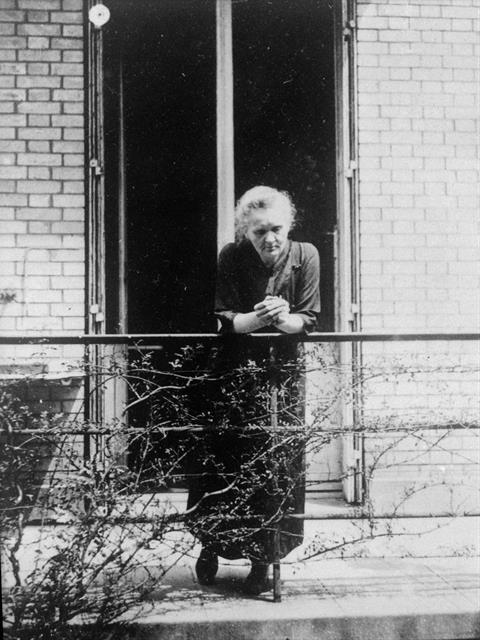
On 4 January, the president of the Curie Institute, Philip told Chemistry World that it was currently ‘impossible’ to go inside the Pavillon owing to contamination by legacy radioactive material and the plan was to decontaminate the building for €1.8 million (£1.5 million) prior to demolition. ‘In case the Ministry [of Culture] will not allow us to destroy the [building] then we will do nothing, and the minister has to fund the approximately €2 million to take care of 100m2,’ he said.
He maintained that the building was ‘not of any interest’. ‘It was the place where [Marie Curie] stocked radioactive sources and it is not true to say it is the laboratory of Marie Curie.’ He added that there were ‘no other solutions’ and that if the work did not take place the building would remain unused.
‘If the minister has no money and is not able to spend €2 million for a building of 100m2 then the building will stay closed because of course I would not pay €1.8 million [to decontaminate it] if they don’t allow me to set up the new building and the building will die in the next 10 years. It’s so stupid.’
‘Even if the building couldn’t be reused, that’s not a good enough reason to destroy it,’ counters Baptiste. ‘We are therefore waiting for an alternative solution that suits the Institut Curie.’





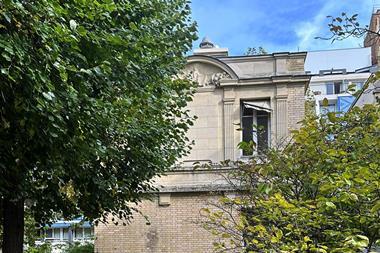
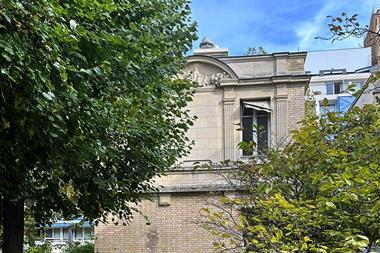
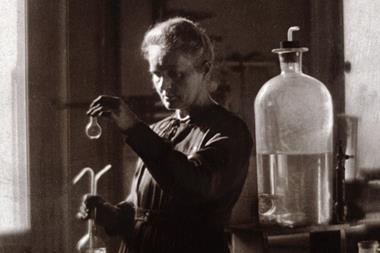
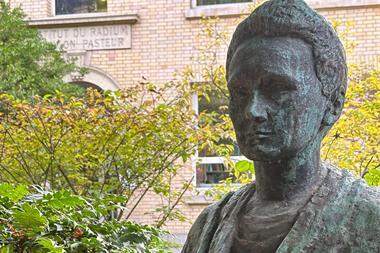
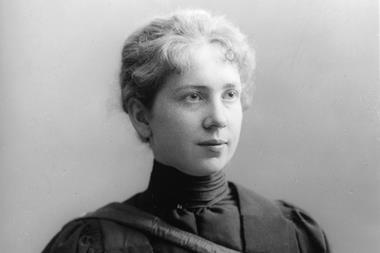
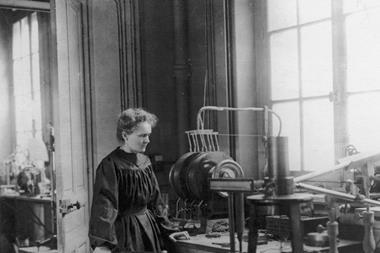






No comments yet